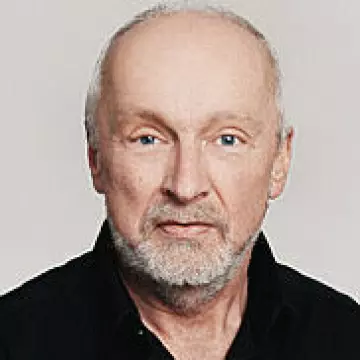This type of dictator is becoming more common
Researchers call them personalist dictators.
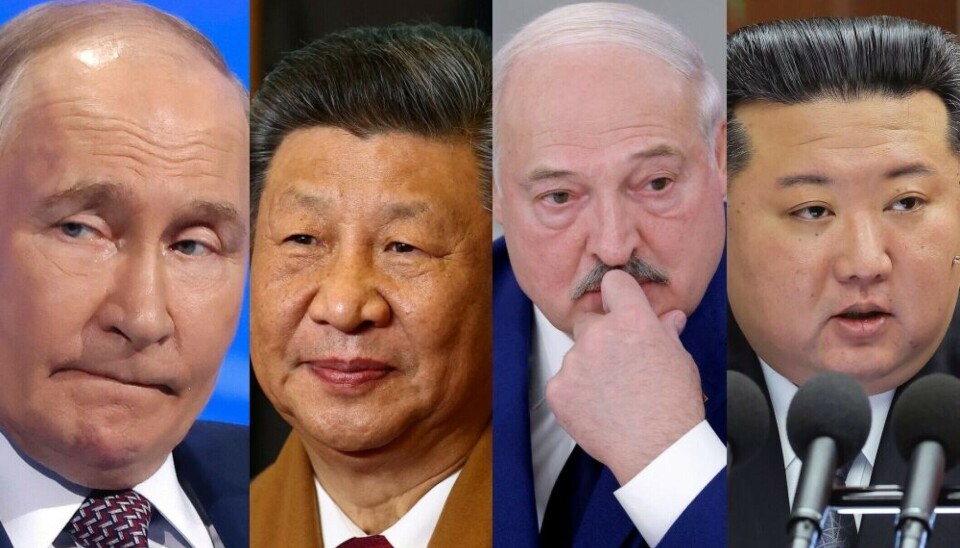
These dictators largely rule their countries as they themselves see fit.
Researchers call this form of government personalist dictatorships, and it's on the rise.
Left-wing or right-wing?
Russia, Belarus, China, North Korea, Eritrea, Venezuela, and Nicaragua.
All have become personalist dictatorships.
China is still formally a communist party dictatorship. But Xi Jinping has ensured that he is the country's president, head of the military, and head of the Communist Party. He has also built up a cult of personality around himself, which is typical of personalist dictators.
Some think of these countries as strongly left-wing. Others as strongly right-wing.
But they share many similarities.
Talks with his wife and his buddies
Democracy was on the rise in the world for a long time.
“Now we see that personalist dictatorships have become a more common form of government,” says Carl Henrik Knutsen.
He is a professor of political science at the University of Oslo.
“These dictators talk with their wives, their cousins, or their three buddies. Then they agree on how the country should be governed,” he says.
Knutsen is an expert on dictatorship and democracy. He is worried about the future of democracy.
But not as concerned as several other experts.
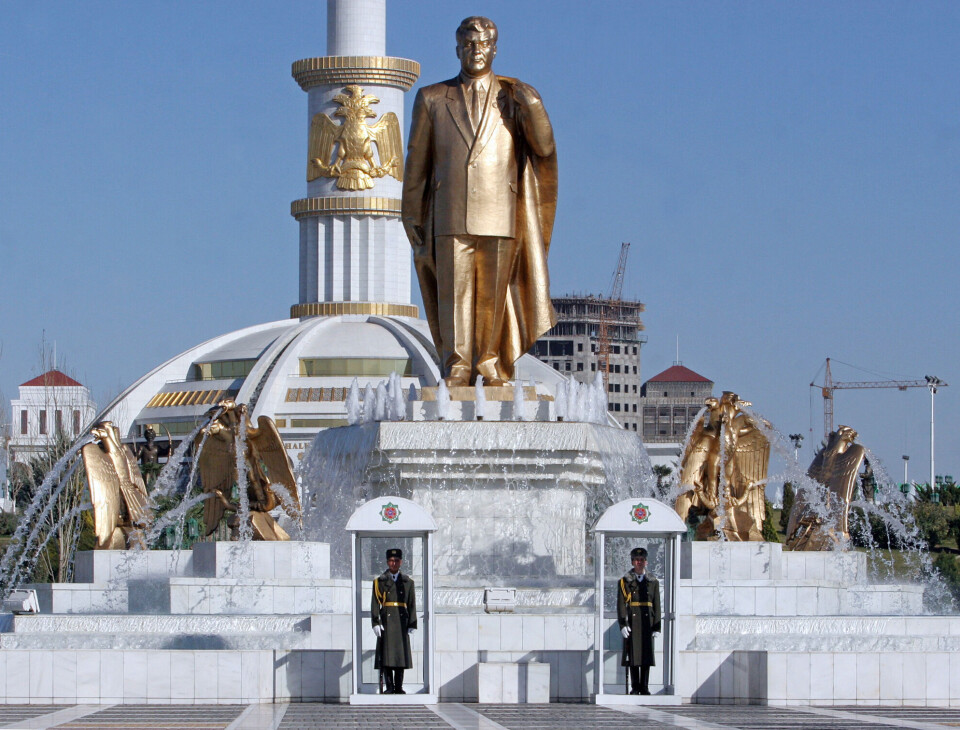
A little less democracy
Knutsen collaborates with researchers at the University of Gothenburg, among others, to monitor the development of democracy around the world. Their latest report was released just a few weeks ago.
They now count 88 countries as democracies and 91 as autocracies.
Autocracies are not necessarily dictatorships. These are countries where the media is censored, freedom of expression is restricted and there are no free elections.
The report states that Russia now tops the scale for state disinformation directed at its population.
“We have somewhat fewer democracies in the world today than we had 10 to 15 years ago. But remember, before 2000, democratic development was rising very steeply,” he says.
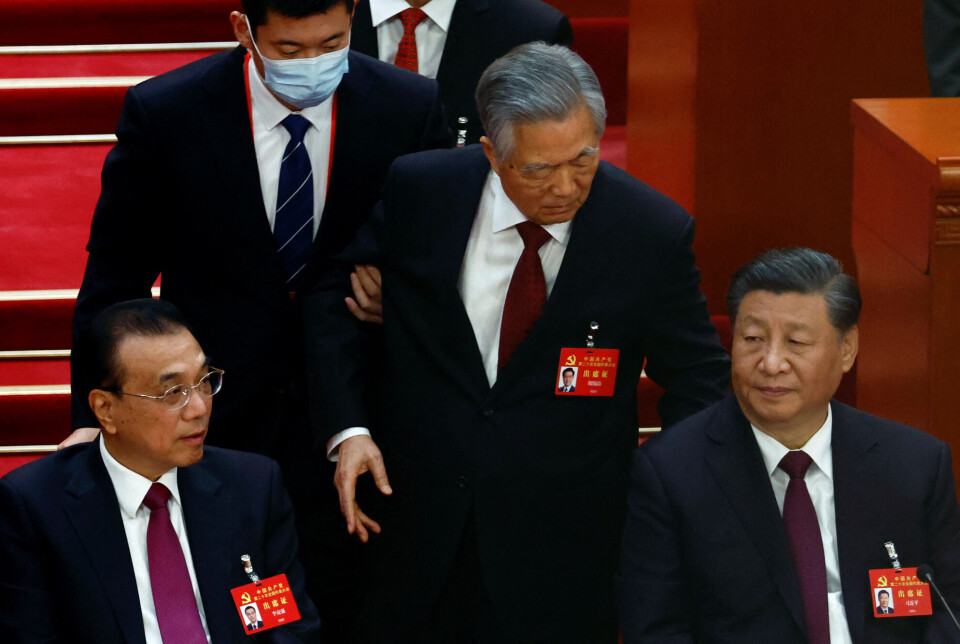
Fascist dictators and communist dictatorships
A few decades ago, people often associated the word ‘dictator’ with military rulers. Critics frequently referred to them as fascist dictators. Much about them resembled the fascist dictator Benito Mussolini in Italy before and during the war.
Today, there are far fewer military dictatorships. But they can still be found, for example in Myanmar and in some West African countries.
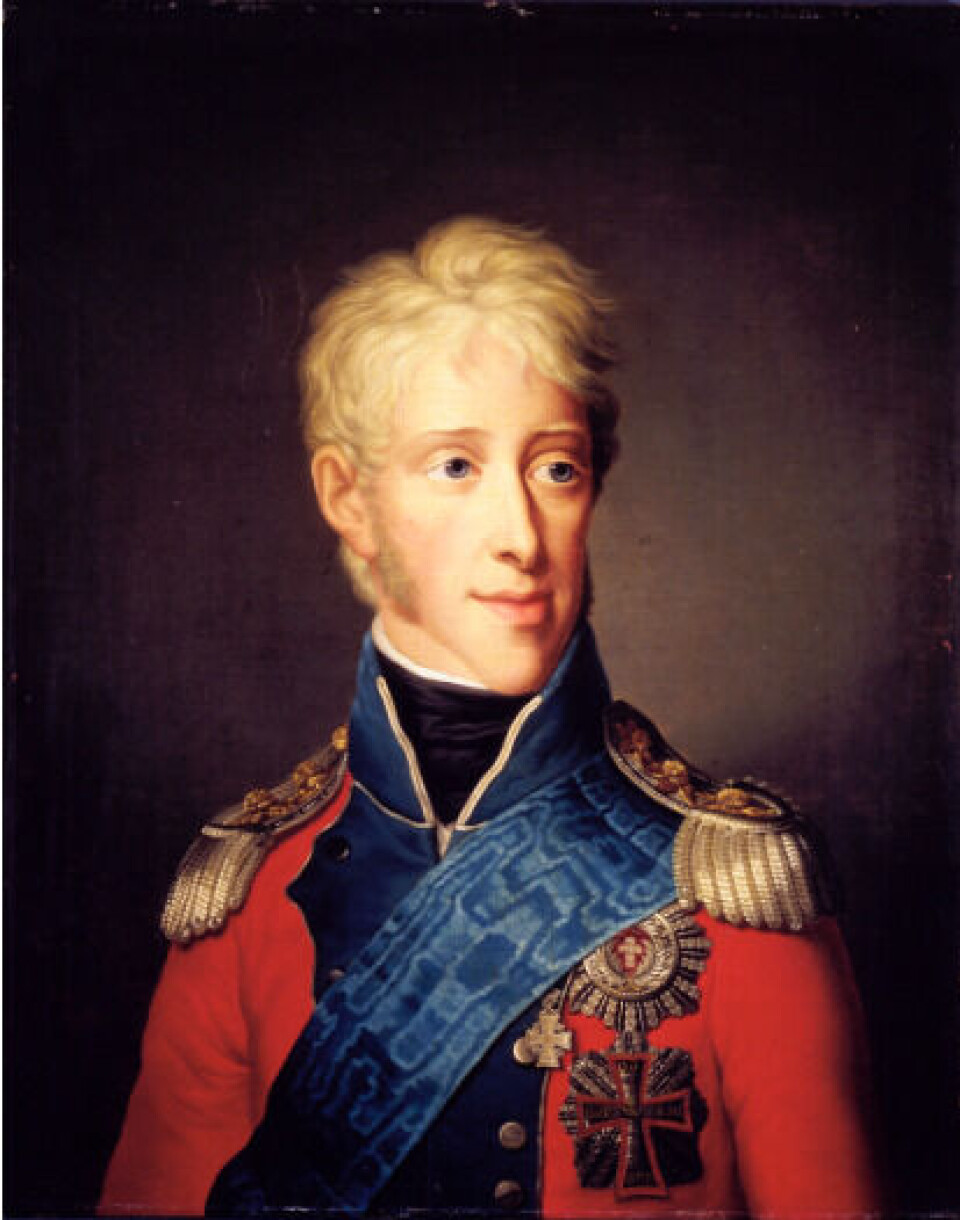
Communist dictatorships were run by a clique of men who called themselves the Politburo.
- China was a communist party dictatorship in the period after Mao's death in 1976 and up until XI Jinping gathered all power around himself.
- The same was true for the Soviet Union from Stalin's death in 1953 until Vladimir Putin took full control over Russia.
In traditional communist dictatorships, several members of the party elite participated in governing the country.
Vietnam and Cuba are today the closest examples of such countries.
A final type of dictatorship is the absolute monarchy. In this situation, a monarch rules with total power, unlike the symbolic role of King Harald in Norway today.
Think of the Kingdom of Denmark-Norway until 1814. Or several countries on the Arabian Peninsula today – such as Saudi Arabia, Qatar, and the United Arab Emirates.
India and Turkey
“Today we're once again seeing more regimes where power is concentrated around a single person,” says Knutsen, adding:
“There's often an informal network of people surrounding the dictator who take part in governing."

Decisions are not made in the national assembly or by a ruling party.
Knutsen points to India, Turkey, and Russia. All three are large, populous countries that have become less democratic. Russia more so than India and Turkey.
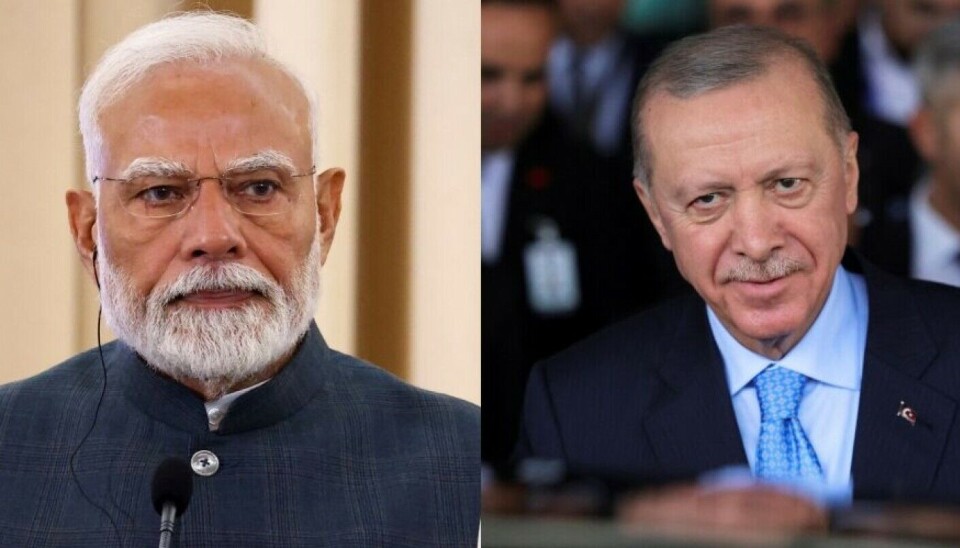
“In Russia, they hold elections between multiple parties. But these are not free and fair elections. Everyone knows that Putin will win,” says Knutsen.
Russia today has neither freedom of expression nor a free press. No independent election commission ensures that the rules for a democratic election are followed.
Personalist dictators
American political scientist Barbara Geddes is an influential researcher in the development of academic theories around ‘personalist regimes.’
Most viewed
“Geddes categorises dictatorships into military dictatorships, one-party dictatorships, authoritarian monarchies, and personalist dictatorships,” says Carl Henrik Knutsen.
These are the characteristics of personalist dictatorships:
- Power is heavily centralised around one leader, rather than a party or a military junta where several generals and colonels rule together.
- The leader creates a cult of personality around themselves.
- The leader controls state institutions, the military, the rest of the security apparatus, and economic resources.
- Decisions are often made by a group of buddies (like in Trump's USA), together with a spouse (the Ortega family in Nicaragua), or with a small circle of loyal yes-men (Putin's Russia) – rather than by the ruling party, a government, or a national assembly.
Personalist dictatorships collapse more often
Personalist regimes are often unpredictable, according to Geddes.
It was easier to predict what the Communist Party in the Soviet Union would do than to predict what the personalist dictator Vladimir Putin might come up with – like invading the neighbouring country of Ukraine.

Geddes and her colleagues have now gathered a large amount of data showing what causes personalist dictatorships to collapse.
Because they do so more often than other types of regimes.
They are especially vulnerable when the leader is replaced, Knutsen explains.
“When a personalist dictator dies or is removed, there's a more than 50 per cent chance that his entire regime will collapse,” says Knutsen.
This is because there are no strong institutions to take over, such as democratic parties or an authoritarian communist party.
They are also more vulnerable to coups and uprisings than military dictatorships or one-party states.
This could mean that Putin's personalist dictatorship in Russia is more vulnerable than the Soviet communist party regime that came to an end in 1991.
“Economic crises are also very dangerous for personalist dictators,” he says.

“I believe Russia may be in serious economic trouble right now. That makes it interesting to see what Donald Trump and the USA will do. If Trump reopens trade with Russia, the chances of Putin staying in power increase significantly,” says Knutsen.
Political regimes come in waves
Political regime types often emerge in waves, Knutsen explains.
“In 2022, there was a military coup in the country of Mali in West Africa. Since then, the military has taken power in all three neighbouring countries of Niger, Burkina Faso, and Guinea,” he says, adding:
“On the other hand, if democracy is first established in a single country within a region, the likelihood of democratisation throughout the region increases accordingly.”

What about Trump and the USA?
Now there are signs of non-democratic developments in yet another major country.
The USA has been a democracy for many years.
That makes it harder to tear down compared to, for example, newer democracies in Eastern Europe.
“I think the most likely scenario in the USA is that things will get significantly worse under Trump. I think we'll see more attacks on the media, even more undermining of the rule of law, and tighter control of state institutions by Trump and his inner circle,” says Knutsen.
He also believes there is a risk of more political violence in the USA.
The researchers behind the V-Dem Institute report believe that the events in recent weeks under Trump are unprecedented and represent the fastest move towards an autocracy in the USA in modern times.
Many Americans understand the meaning of democracy
“But I don't think it will go so far that elections stop being held. The USA has a free press and an established civil society. There are many counterforces and corrective mechanisms to Trump in the USA,” says Knutsen.
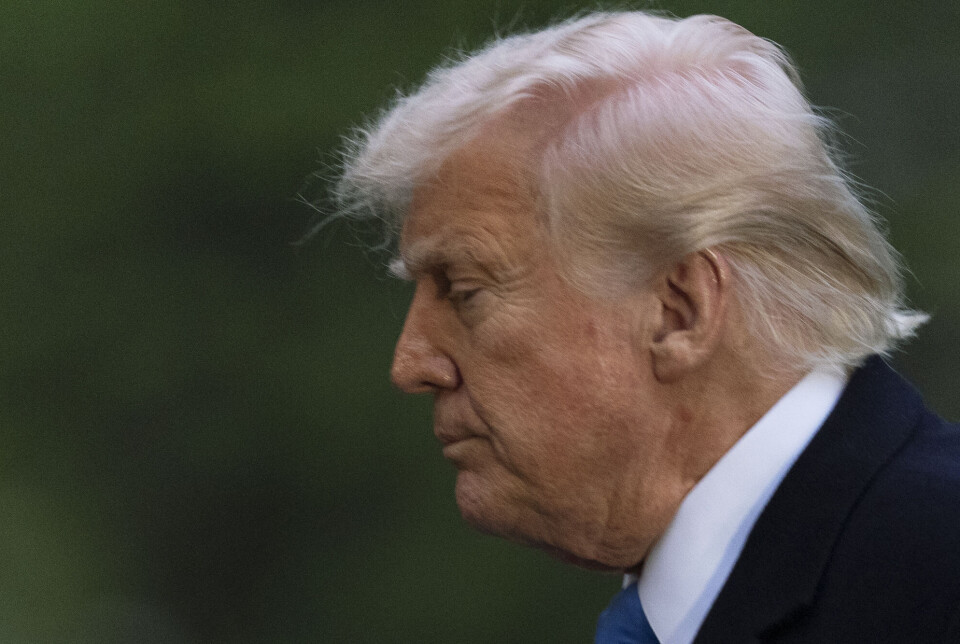
Knutsen reminds us that many US citizens know how elections should be conducted. Many know how courts should behave. People will therefore know if Trump tries to change things.
“I also believe that many within the Republican Party now see what Trump is doing and are concerned, even if they're not yet protesting loudly,” he says.
He still has no doubt that Trump has authoritarian ambitions.
Dictators receive false information
Jacob Nyrup is an associate professor of political science at the University of Oslo. He is working on a project about how authoritarian regimes emerge, survive, and collapse.
“It's difficult to be a personalist dictator. Try to imagine having Putin as your boss. You’re not going to want to tell him that the war in Ukraine is going badly. You’d much rather tell him that it’s going well," he says.
Personalist dictators like Putin struggle with constantly receiving false or incorrect information. That leads them to make decisions based on the wrong assumptions.
Putin, for example, thought that he could easily win the war in Ukraine. He received inaccurate information from both the FSB and other Russian intelligence services.
“Putin could also make mistakes in managing the economy that cause it to collapse. But in Russia, economic figures are so manipulated that it's hard to know anything for sure,” says Nyrup.
History's greatest man-made disaster
Nyrup points to another example:
“Mao Zedong founded the People’s Republic of China in 1949 and led the country until his death in 1976. Mao is perhaps the best example of how catastrophic the mistakes of a personalist dictator can be.”
‘Great Leap Forward’ was the name of the campaign from 1958 to 1961 that was meant to turn China into an economic and military superpower.
Mao demanded that people melt down their farming tools and shovels to produce steel for the industrialisation of China.
The result was the largest man-made famine in peacetime history, with between 15 and 45 million deaths.
“The most bizarre campaign was when Mao declared war on sparrows, which he claimed were eating the grain,” says Nyrup.
He adds that several hundred million people were send out to kill sparrows.
“What Mao didn’t know or consider was that sparrows also ate insects. When the sparrows disappeared, the number of insects, especially locusts, exploded. That further contributed to a dramatic decline in food production,” he says.
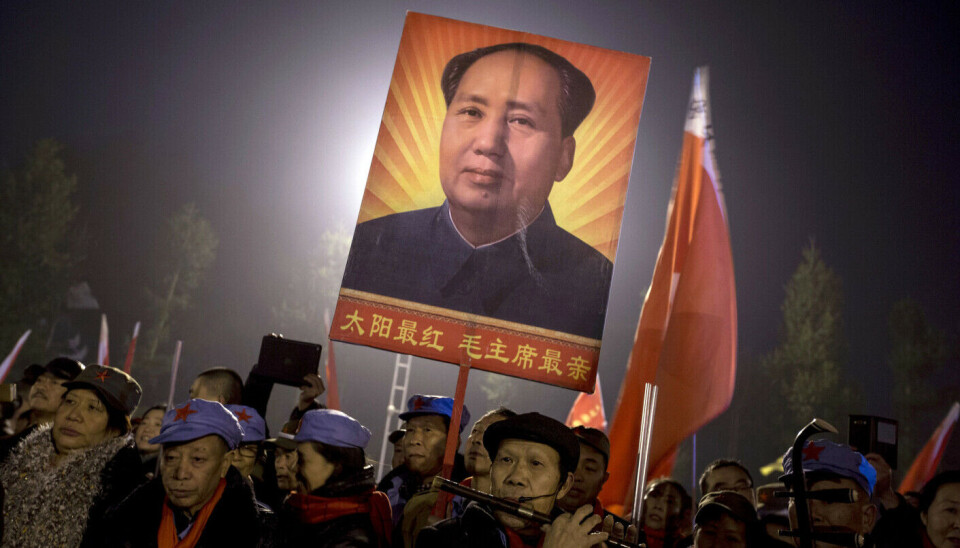
Another example of a poorly informed dictator is the brutal General Augusto Pinochet, who led the military dictatorship in Chile from 1973 to 1990, according to Nyrup.
Pinochet believed he was popular among the people. In 1988, he therefore held a referendum on whether he should remain in power. Despite media censorship, Pinochet suffered a crushing defeat and had to step down as dictator.
People aren't that concerned with democracy
At the University of Oslo, researchers are now investigating a theory that the working class is more likely to 'accept' authoritarian regimes.
“The differences we've found between working-class people and those from the middle class are small,” says Carl Henrik Knutsen.
There are slightly larger differences when comparing those with lower versus higher levels of education, but even those are minor when comparing across multiple countries.
But the researchers do see something else:
Many people are not particularly concerned about democracy – especially when measured against other important social issues.
“If people get the immigration policy, the climate and environmental policy, or the economic redistribution they want, they're often willing to overlook quite a lot. Including democracy. This applies to a significant number of people in our society,” says Knutsen.
Reference:
Nord et al. Democracy Report 2025: 25 Years pf Autocratization - Democracy Trumped?, University of Gothenburg: V-Dem Institute, 2025.
———
Translated by Nancy Bazilchuk
Read the Norwegian version of this article on forskning.no
Related content:
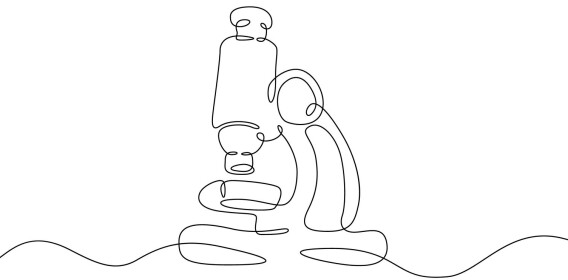
Subscribe to our newsletter
The latest news from Science Norway, sent twice a week and completely free.







